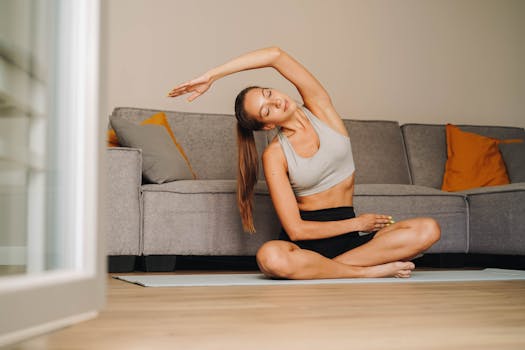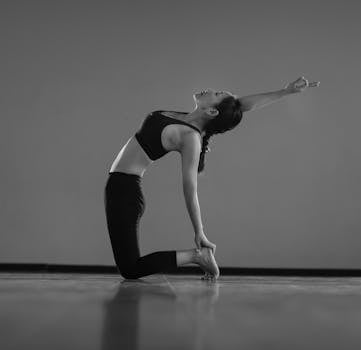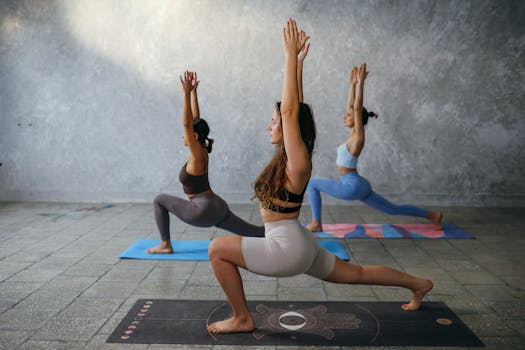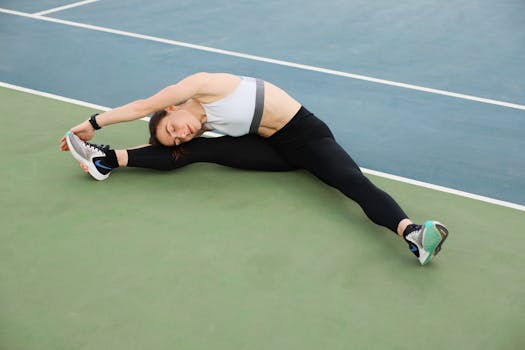
From Mat to Mind: How Yoga and Pilates Transform Your Mental Well-Being
Yoga and Pilates, From Mat to Mind: How Yoga and Pilates Transform Your Mental Well-Being, are more than just physical exercises – they’re a way to transform your mental well-being. As someone who’s struggled with anxiety and depression, I can attest to the powerful impact these practices have had on my life. In this article, we’ll explore the ways in which yoga and Pilates can help reduce stress, anxiety, and depression, and improve your overall quality of life.
The Mind-Body Connection

When we think of exercise, we often focus on the physical benefits – weight loss, increased strength, and improved flexibility. But what about the mental benefits? Yoga and Pilates are unique in that they combine physical movement with mindfulness and breathwork, creating a powerful mind-body connection. This connection allows us to tune into our thoughts, emotions, and physical sensations, becoming more aware of our entire being.
The Benefits of Yoga for Mental Health

Yoga has been shown to have a positive impact on mental health, reducing symptoms of anxiety and depression, and improving mood. The physical postures, or asanas, help to release tension and calm the nervous system, while the breathwork and meditation techniques quiet the mind and promote relaxation. Some of the specific benefits of yoga for mental health include:
- Reduced stress and anxiety
- Improved mood and reduced symptoms of depression
- Enhanced cognitive function and concentration
- Better sleep quality
The Benefits of Pilates for Mental Health

Pilates, like yoga, offers a range of mental health benefits, including reduced stress and anxiety, improved mood, and enhanced cognitive function. The focus on core strength, body control, and breathwork helps to promote a sense of calm and confidence, while the flowing movements and sequences help to quiet the mind and promote relaxation. Some of the specific benefits of Pilates for mental health include:
- Improved body awareness and self-esteem
- Reduced symptoms of anxiety and depression
- Enhanced cognitive function and concentration
- Better posture and reduced physical tension
Getting Started with Yoga and Pilates

If you’re new to yoga and Pilates, getting started can seem intimidating. But don’t worry – these practices are accessible to everyone, regardless of age, size, or fitness level. Here are some tips for getting started:
- Find a local studio or class that offers yoga or Pilates
- Invest in a good quality mat and any necessary props (blocks, straps, etc.)
- Start slow and gentle, listening to your body and honoring its limitations
- Practice regularly, even if it’s just a few times a week
Making Yoga and Pilates a Part of Your Self-Care Routine

Yoga and Pilates are more than just exercises – they’re a way to cultivate self-care and self-love. By incorporating these practices into your daily or weekly routine, you can experience the transformative power of yoga and Pilates for yourself. Here are some tips for making yoga and Pilates a part of your self-care routine:
- Schedule yoga or Pilates into your daily planner or calendar
- Find a quiet, peaceful space to practice
- Listen to your body and honor its needs – rest when you need to, and modify or come out of poses that feel uncomfortable or painful
- Practice mindfulness and presence, focusing on your breath and the sensations in your body







